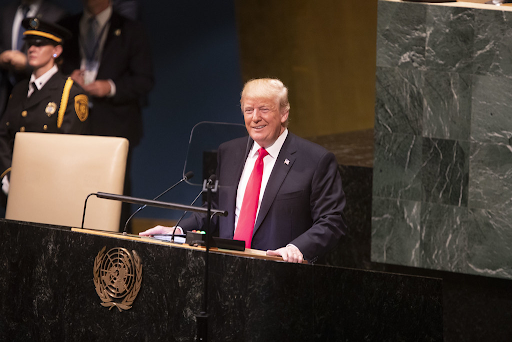President Donald Trump’s address to the UN General Assembly was a characteristic mix of self-praise and sharp attacks, with India finding itself on the receiving end of both. The speech encapsulated his transactional and often contradictory approach to foreign policy, leaving allies and adversaries alike struggling to interpret his intentions.
The self-praise came in the form of his repeated claim that he single-handedly “stopped a war” between India and Pakistan. He presented this as a monumental achievement, one worthy of a Nobel Peace Prize, and used the world’s most prominent stage to make his case. The claim, however, is disputed by India, which maintains its de-escalation of ‘Operation Sindoor’ was a sovereign decision.
Following this moment of self-aggrandizement, Trump pivoted to a scathing attack. He accused India and China of being the “primary funders” of the war in Ukraine through their continued purchases of Russian oil. This accusation was delivered with a tone of moral indignation, framing India’s economic policy as a direct contributor to the ongoing bloodshed in Europe.
This dual approach—claiming credit for solving one problem while blaming India for another—is classic Trump. It allows him to project an image of a strong, effective leader while simultaneously pressuring a key partner to align with his current policy objectives. This pressure is not just verbal; it is backed by a 50% tariff on Indian goods and the threat of more to come.
For India, this creates a deeply complex diplomatic environment. The Modi government must navigate a relationship with a US president who can offer praise one day and condemnation the next. As opposition leader Shashi Tharoor suggests, dealing with such a “mercurial” leader requires a strategy that is prepared for any eventuality, be it “unpredictably negative” or “unpredictably positive.”


